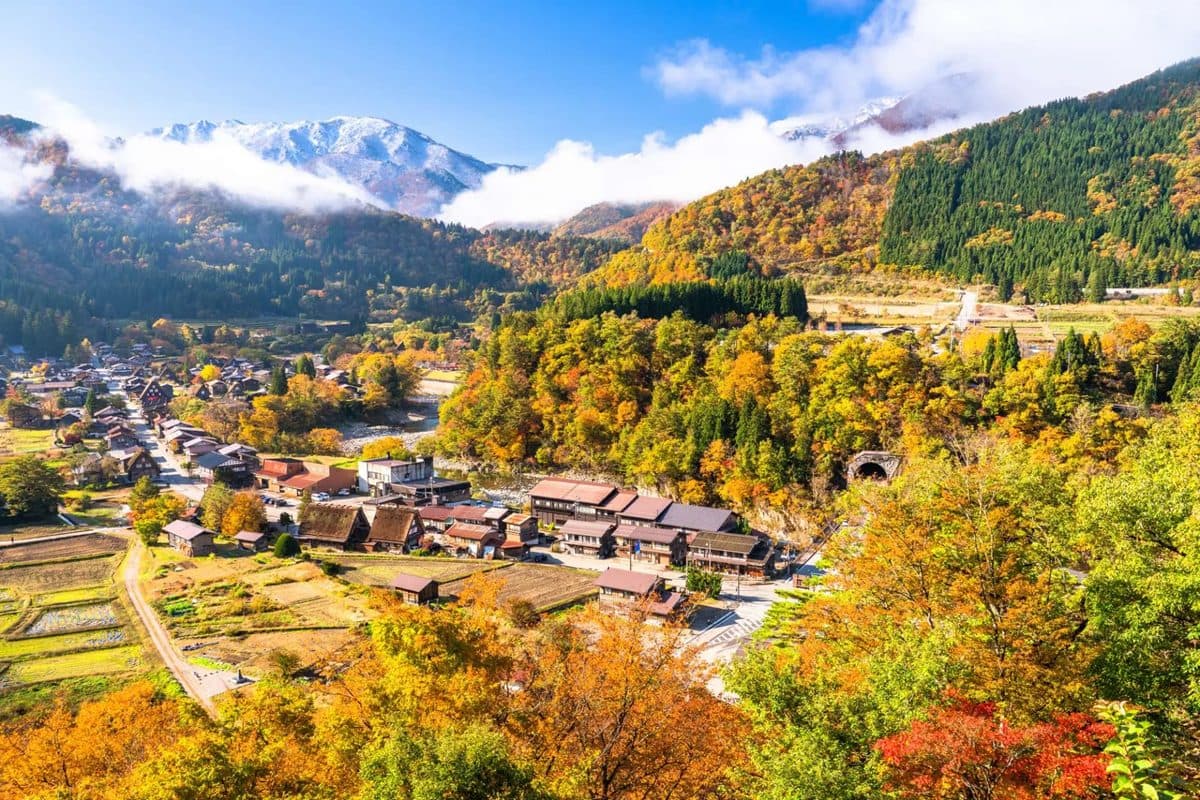//

Get personalized travel recommendations and answers to your questions with our Next-Gen Travel Search.
Try AI Travel Planner
6/23/2025

6/23/2025

6/22/2025
Get personalized travel recommendations and answers to your questions with our Next-Gen Travel Search.
Try AI Travel Planner